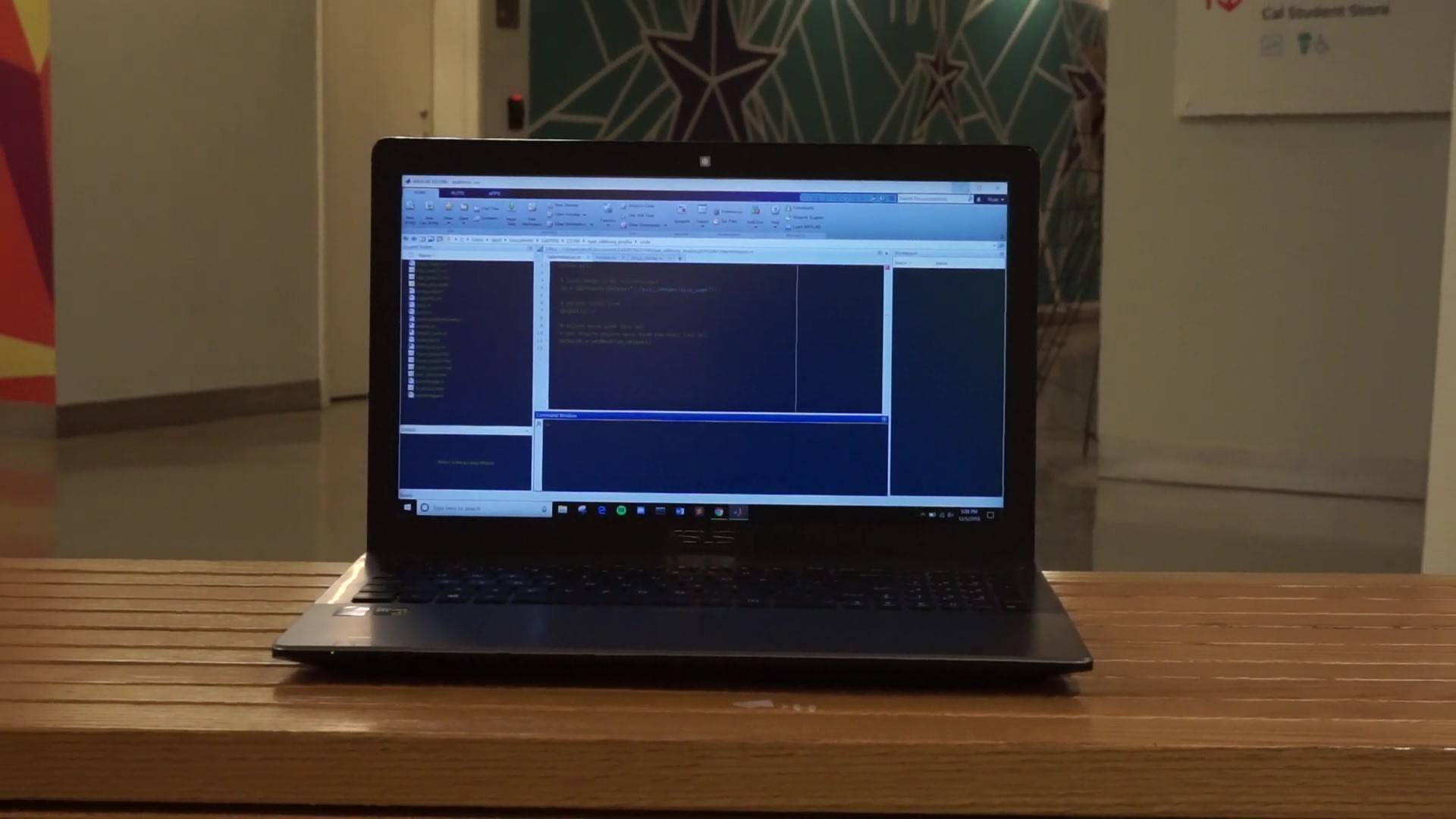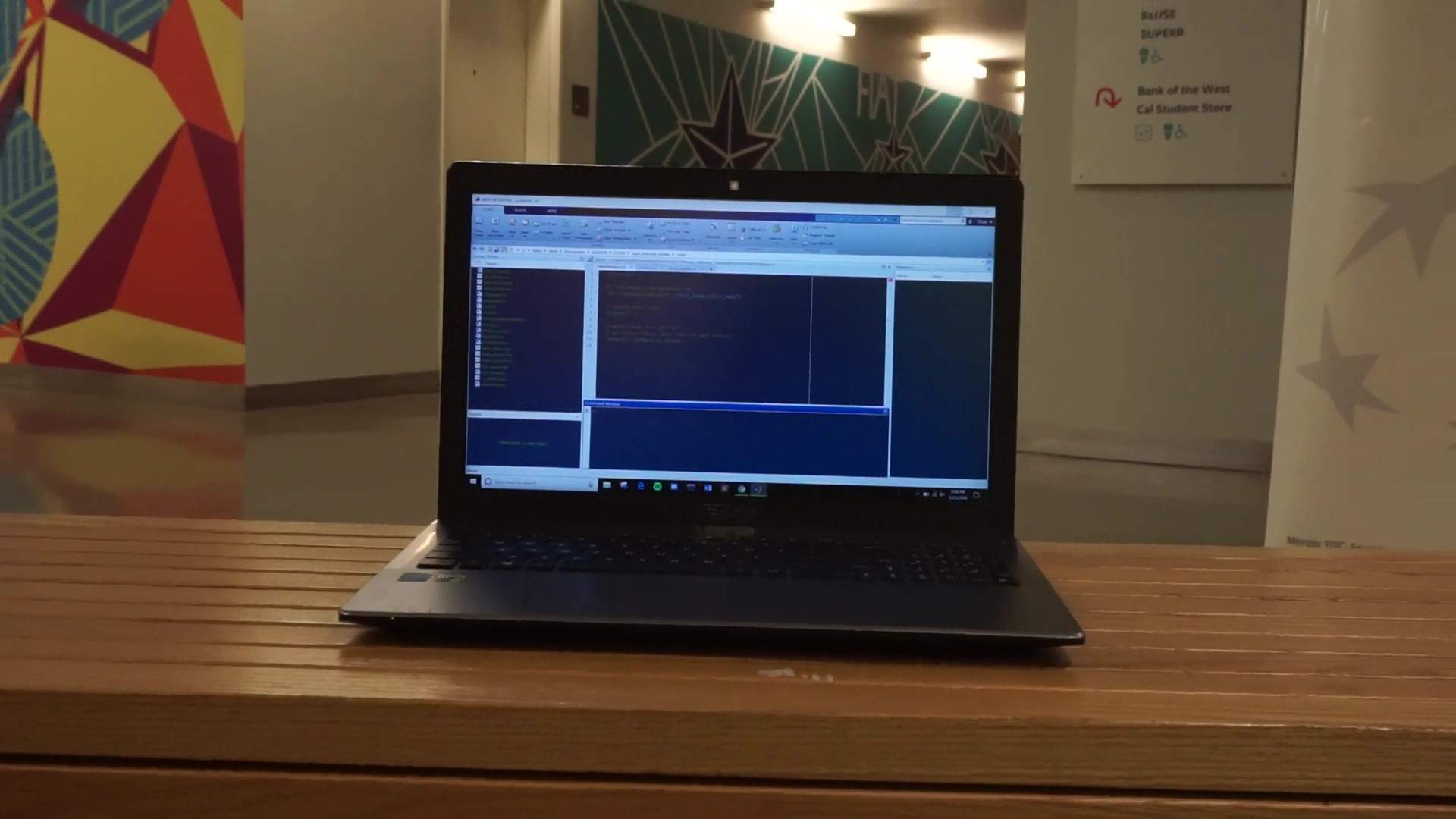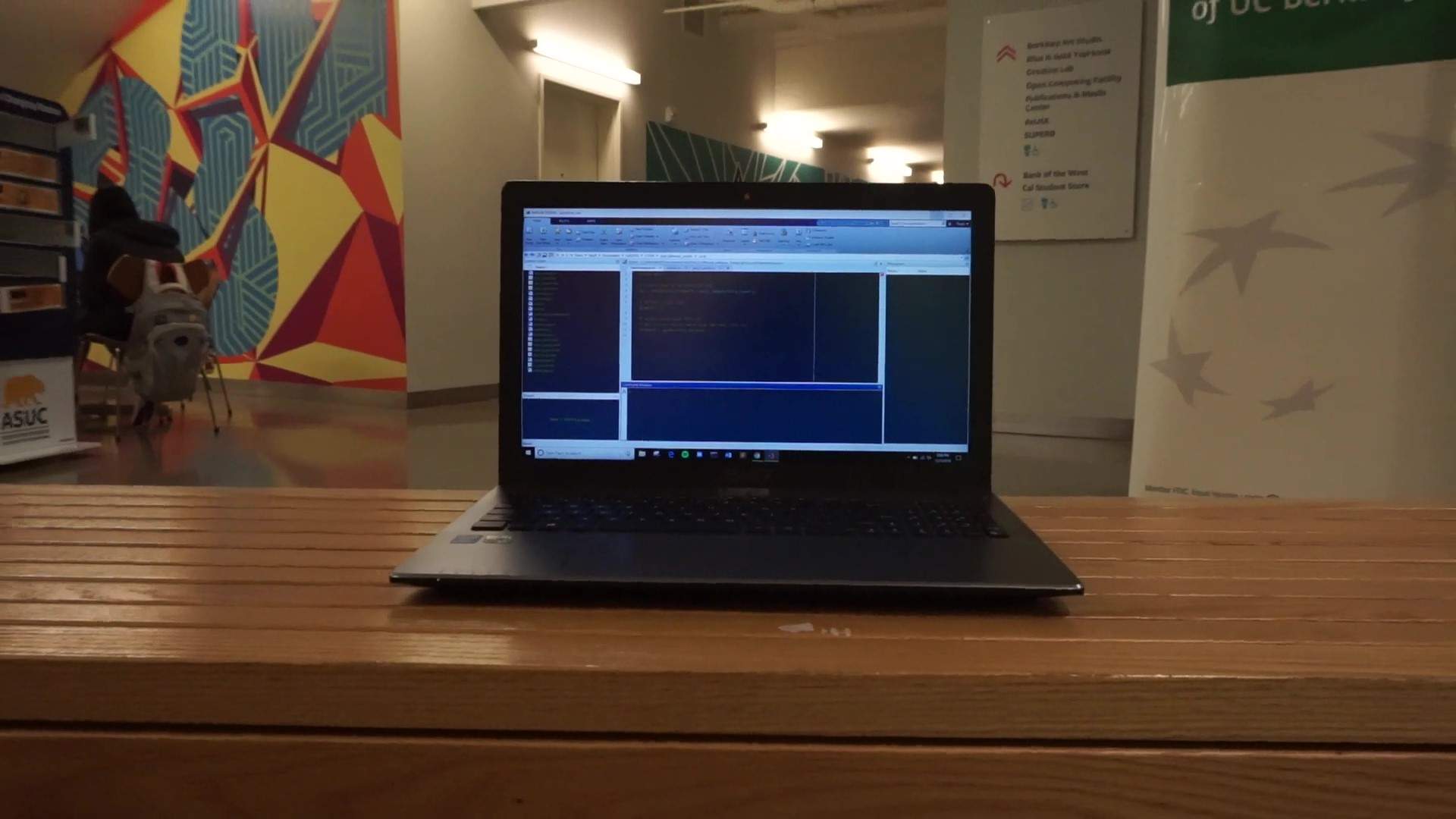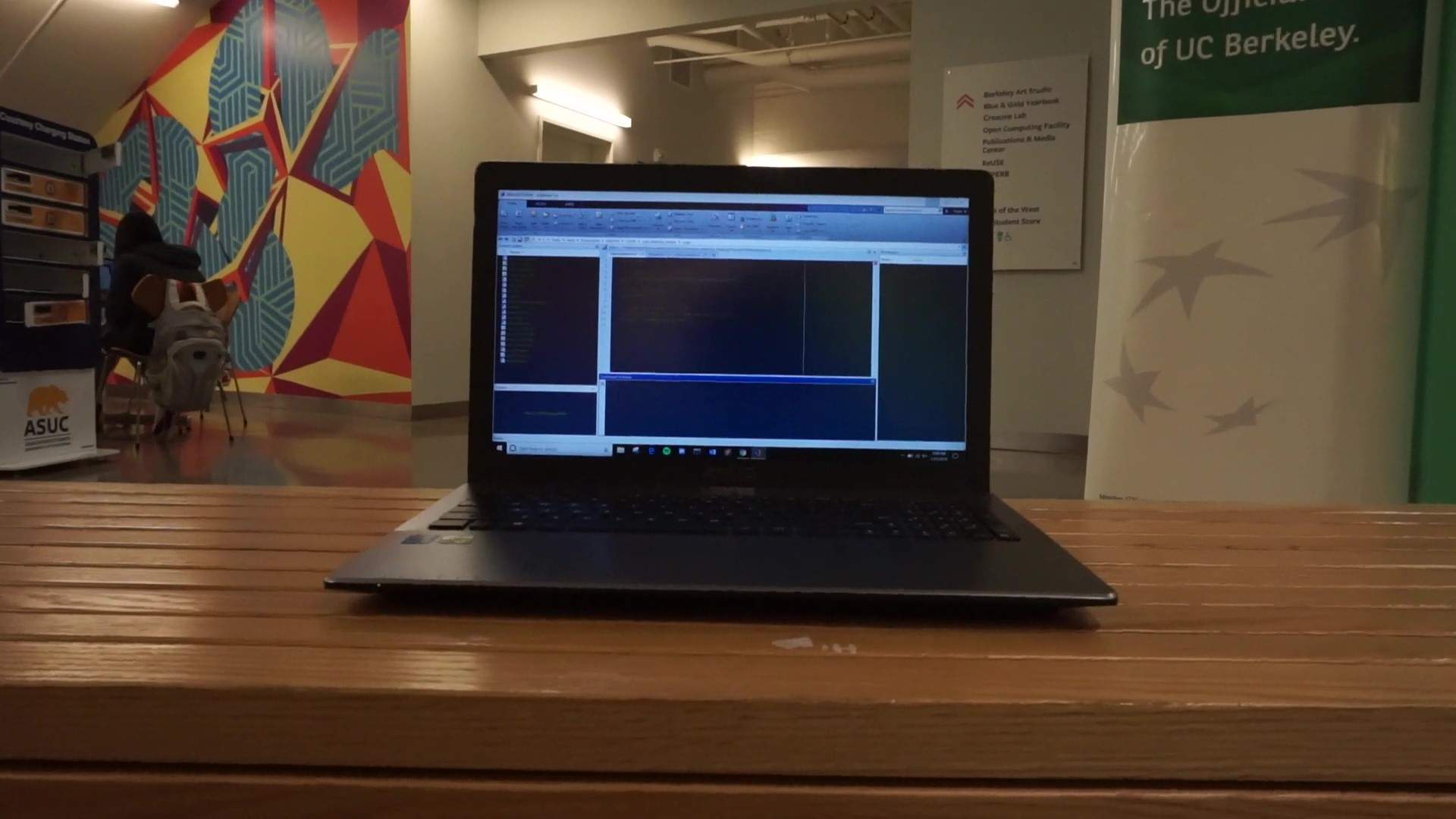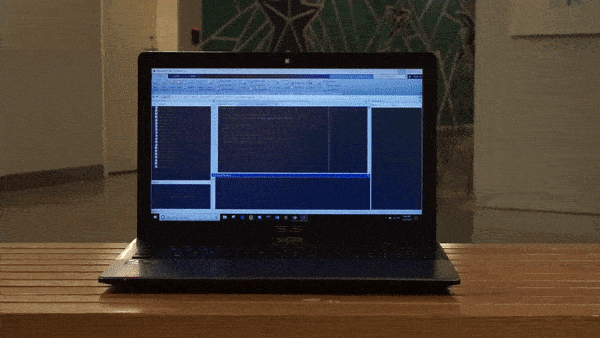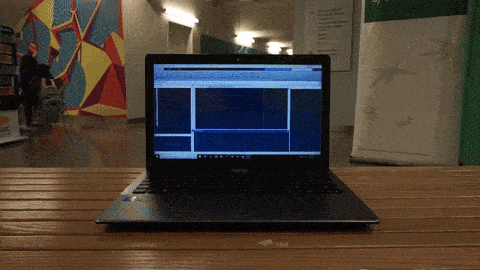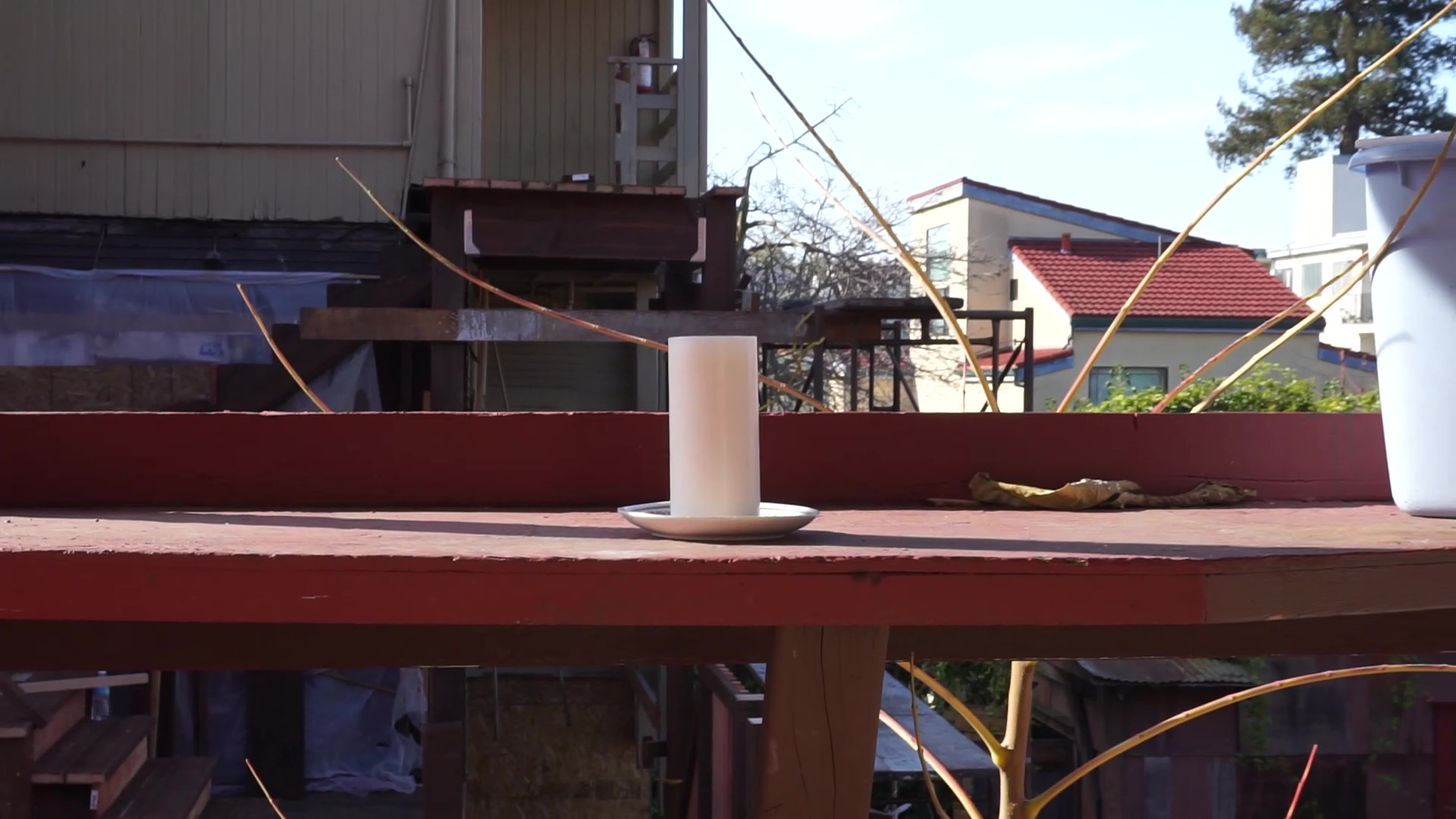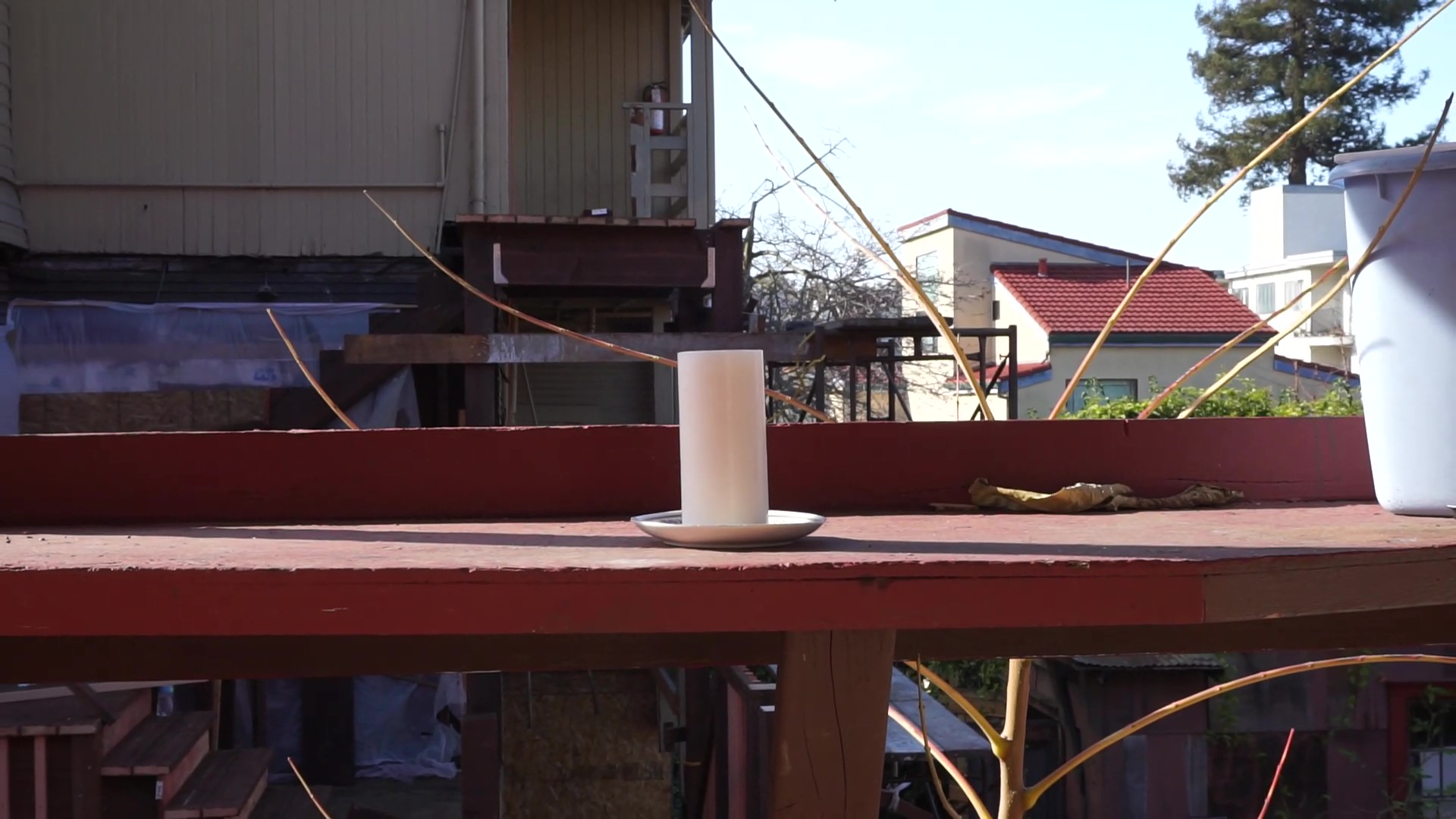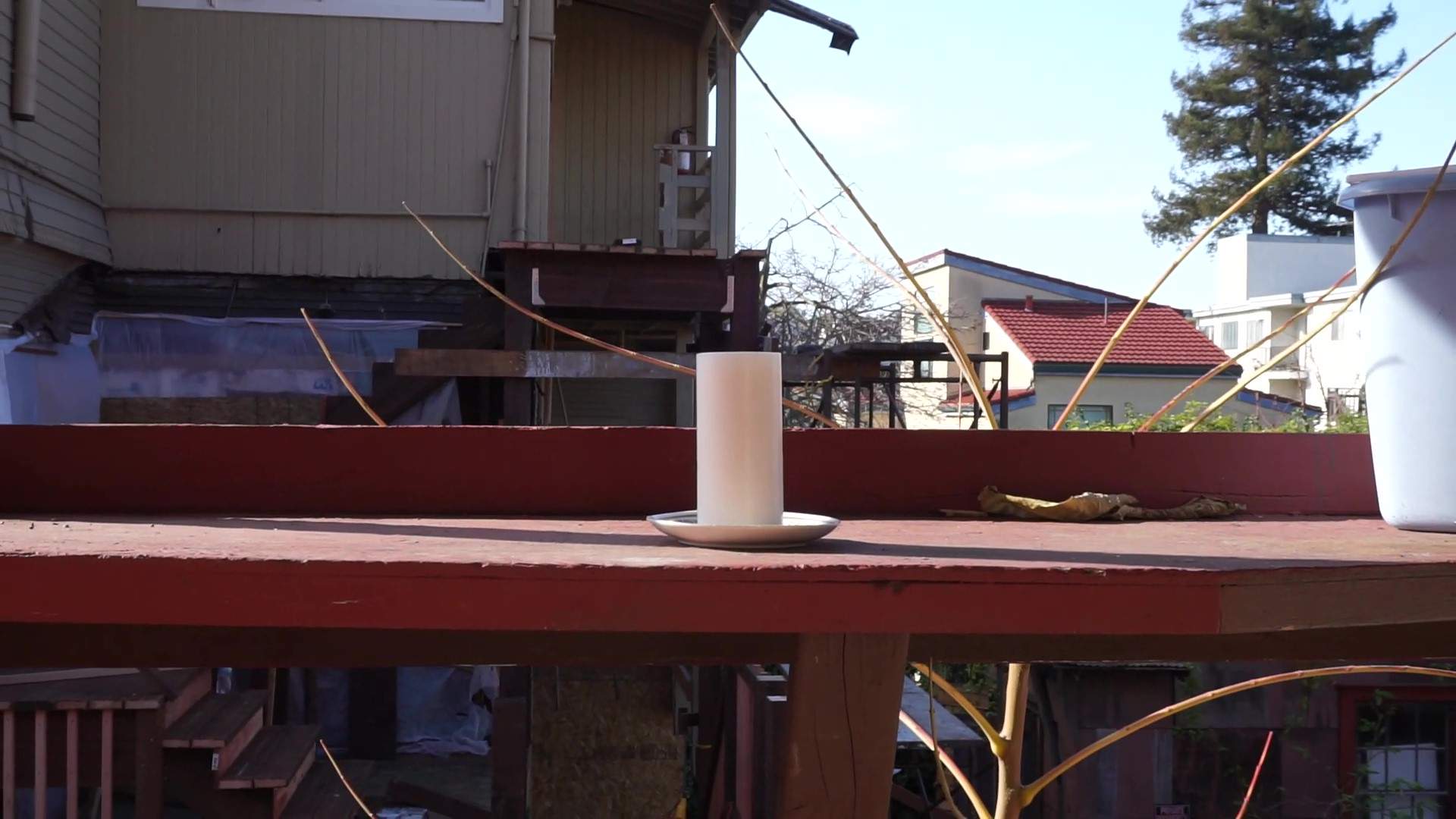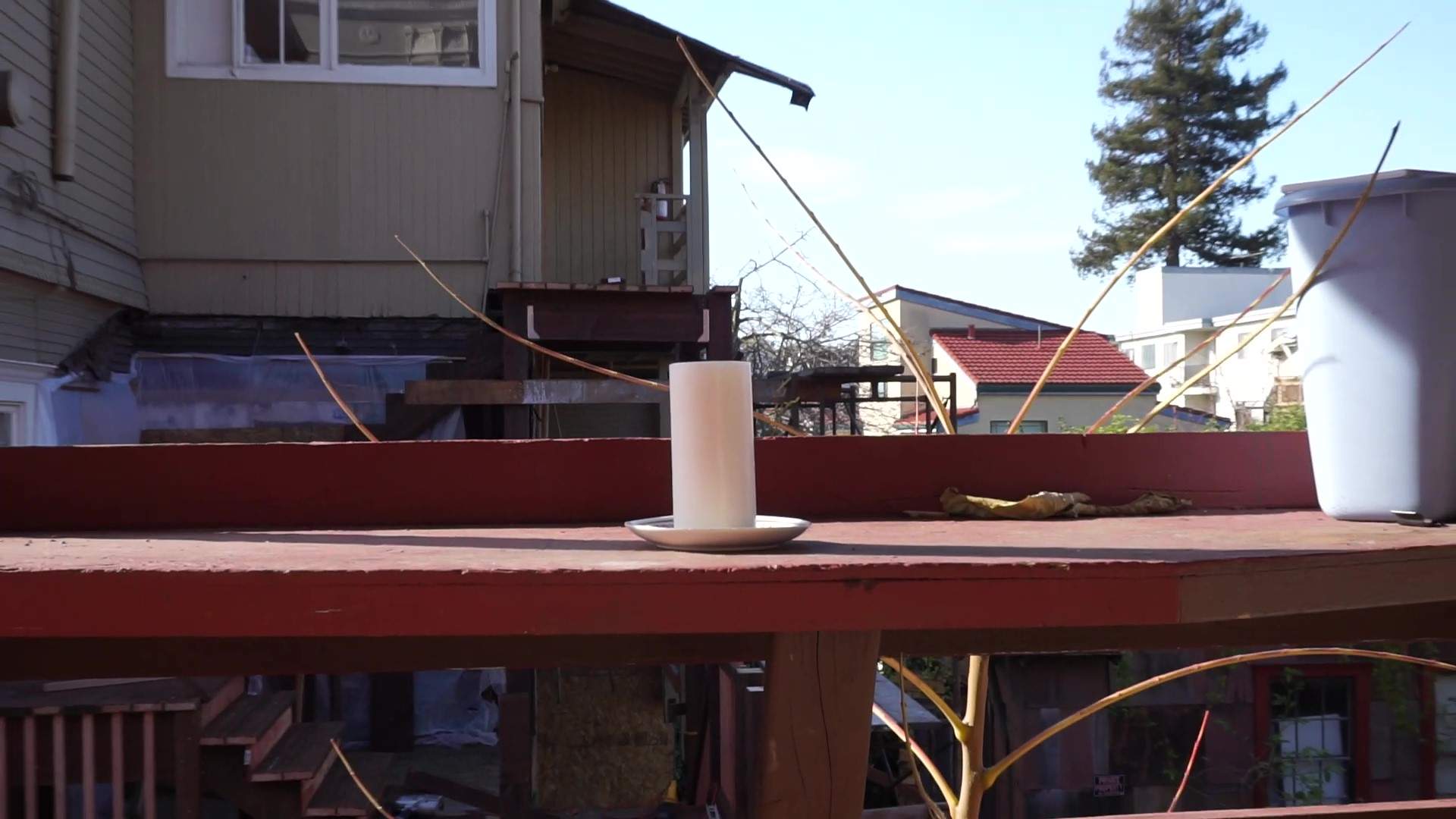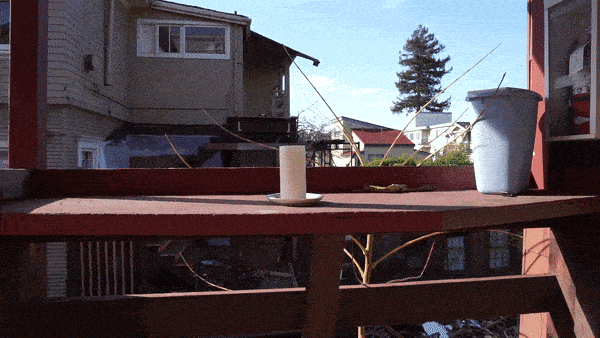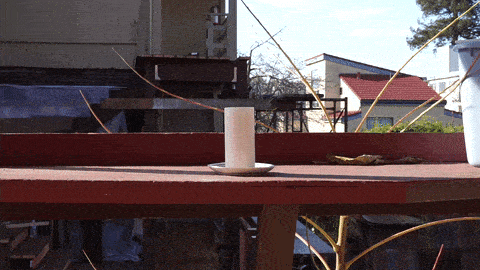Overview
It goes by many names but the "Vertigo Shot" was first pioneered in Hitchcock's film, Vertigo. The basic technique requires a simultaneous dolly (movement of the camera on a straight line) and zoom (camera magnification/minification of the subject). The dolly and zoom must work together to preserve the scale of the subject. This means that as the dolly moves the camera backwards and away from the subject, the zoom must magnify the subject to essentially negate the effect the dolly has on the size of the subject in the frame. The result is a background that either stretches or contracts in a "trippy" way.
The videos were taken with a Sony a6000 digital camera and a 16-50mm zoom lens. Camera settings were 1/100 shutter speed, F10 aperture, and a variable ISO.
Bells & Whistles: Moving the Subject and the Camera (and GIFS)
This sequence was created with a dolly out & zoom in. The effect created is the background getting larger. Since zooming in magnifies the entire image but the dollying keeps the subject constant in the frame, the background appears to grow and stretch toward the screen. Even though the subject is standing still for the entire shot, they appear to be falling backwards. Emotionally, the shot reminds me of confusion with how the familiar background transforms into a warped version of what it originally was (even without any new information). My cameraman understandably didn't use my bootleg dolly (longboard) so the result was a little shaky.
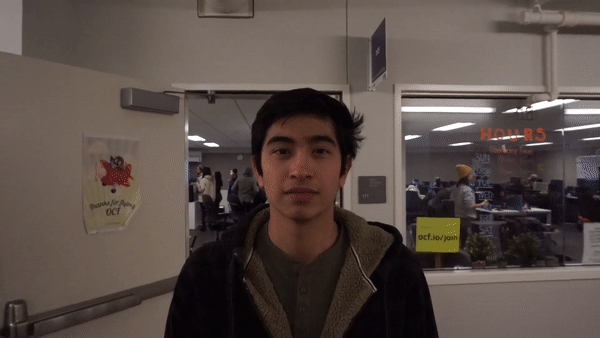 Dolly out & zoom in.
Dolly out & zoom in.
|
This sequence was created with a dolly in & zoom out. The effect created is the background being pushed back to appear smaller and further away from the subject. Instead of falling back, the subject appears to be brought suddenly forward. Emotionally, this shot reminds me of a shocking revelation with how the background becomes more compact but with more visual information by the end of the sequence.
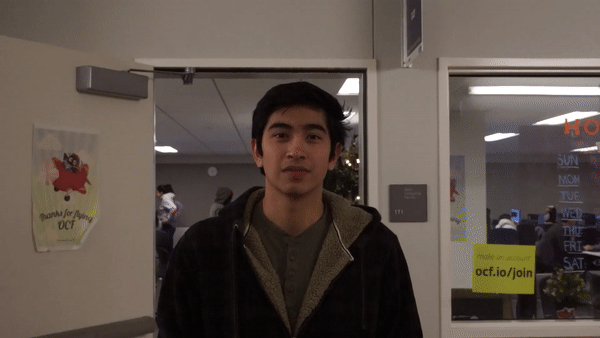 Dolly in & zoom out.
Dolly in & zoom out.
|
The sequence was created with the subject movement away from the camera & zoom in. The movement was done as smoothly as possible (riding backwards on a skateboard). The effect is similar to the traditional Vertigo effect of the previous two sequences. Since the cameraman is stationary in this instance, the movement of the subject serves as the "dolly out". The smoother filming makes the expanding background seem more like green screen. The backwards movement of the subject makes the shot more kinetic.
 Subject movement back from camera and zoom in.
Subject movement back from camera and zoom in.
|
The sequence was created with the subject movement towards the camera & zoom out. The movement was done as smoothly as possible (riding on a skateboard). The kinetic effect is more present in this version. As the subject moves forward, the distance travelled is emphasized by how compressed the background becomes. The reveal of new background matches the rate at which the subject move forward.
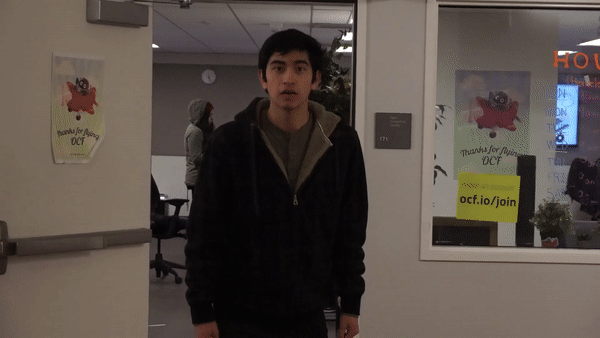 Subject movement towards camera and zoom out.
Subject movement towards camera and zoom out.
|
Summary
It was very satisfying to recreate this iconic cinematic technique. Filming is tricky without a proper dolly but even the shakiness doesn't detract much from how visceral the effect feels. I used my longboard as a bootleg dolly which actually worked out decently. I'd say the majority of the shake came from twisting the zoom lens. The coordination between the dolly and zoom was tricky to get down, especially when balancing on a moving platform. This goes doubly so when being filmed. Thanks to Harry Ho for helping me to film!
